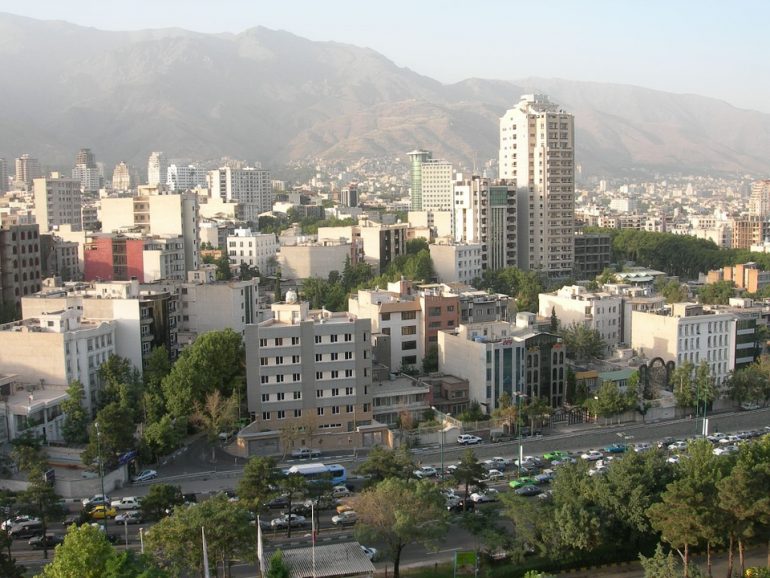Panic struck the people of Tehran, Iran on January 19, 2017 as they watched the city’s beloved, 17-story Plasco Building collapse to the ground. The incident is believed to have been caused by a fire that started in the morning on the 11th floor of the building, and then worked its way downwards, leaving many workers trapped inside. Upon being alerted of the emergency, Iranian firefighters progressed towards the building and strove to extinguish the flames for several hours until the building ultimately gave in and collapsed. Over 20 firefighters reportedly died in their efforts to stop the fire, while at least 70 others were declared injured. As the fire raged and then the building collapsed, Press TV, Iran’s official television network, filmed the events and broadcasted them live for the world to watch.
This recent event sparked a multitude of feelings among viewers—shock, sadness, anger and even nostalgia over cherished memories of the site. The Plasco Building was a major landmark in Iranian society, housing a shopping mall, a restaurant, and various garment manufacturers. Some Iranians have even compared its prominence to the Empire State Building of New York City. However, what many often forget is that the Plasco Building bears great importance in the history of the Jews in Iran. In fact, the building was the product of a late prominent Iranian Jewish businessman, Habib Elghanian.
Born in Tehran in 1912, Elghanian initially prospered in Iran as he imported goods such as clothing and electronics into the country. Following World War II, he had already made $1 million through his work. He later tried starting a plastic industry, which he named Plasco. Plasco would then go on to become one of the largest plastic manufacturing companies in the region.
In the mid-20th century, Elghanian and his brothers developed the idea to create a high-rise establishment in Tehran and name it after their plastic company. Completed in 1962, the Plasco Building—with its shopping mall, commercial space, and rooftop view of the nation’s capital—reflected Iran’s path in the direction of Western modernity and stood in stark contrast to Tehran’s traditional bazaar. Even more so, the Plasco Building symbolized the Iranian Jewish community’s imprint on their country’s society.
However, with the coming of the Islamic Revolution of 1979, Iran began to steer away from secularism and changed its course, going along the path of Islamic traditionalism. Moreover, the governmental body of the Islamic Republic also disdained Zionism and Israel, the Jewish state in the Middle East that emanated progressivism and Western culture.
In 1979, Elghanian was arrested by the Islamic government and accused of espionage and having connections with the State of Israel. The Jewish businessman was declared guilty after a 20-minute trial and executed in Tehran on May 9, 1979, making him the first of several Iranian Jews to be executed by the Islamic Republic. Although his life was cut short, Elghanian’s memory has lived on through his family and those who remember his contributions to his birthplace.

